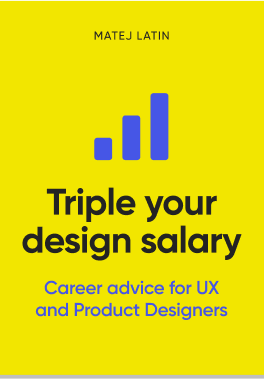Last week, I gave a talk at Nyuko in downtown Luxembourg. They have this program called How to Start Your Startup which is basically a series of events. Their goal is to help fresh business owners and students successfully start their own companies.
We were invited to this event because Wondermags is a Luxembourgish startup and we put a lot of effort in user experience. I must admit, it feels good to have such reputation. Anyway, I was asked to present our approach to creating products that users love. Here’s what I presented.

After a short introduction to Wondermags, the team and what our goal is, I tried to explain what UX design actually is. As I mentioned earlier, the audience was composed of fresh businessmen and students, so I wasn’t expecting that they would be familiar with this term.
UX Design, Oversimplified
I reminded the audience that the explanation that I was about to present is simplified. Calling it oversimplified would be more appropriate, but here goes.
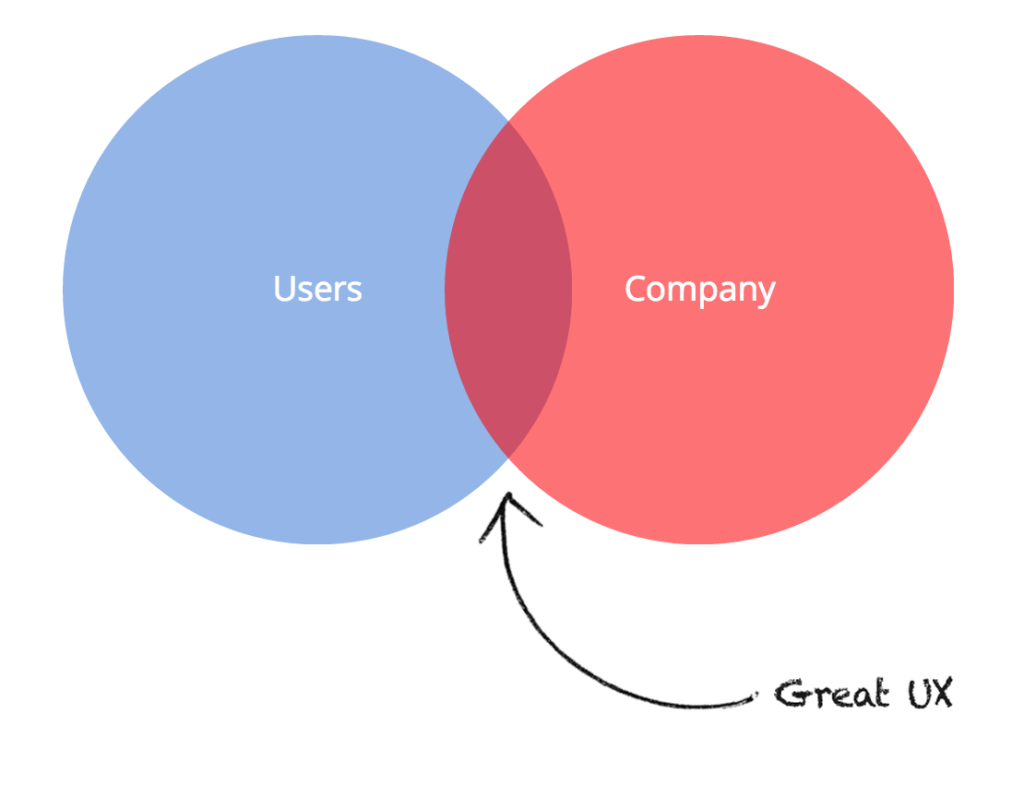
We have users with their needs, problems and goals on one side. And we also have a company with its own needs, problems and goals on the other side. The company believes that there is a group of users with a problem that they decided to try to solve. So a solution (in a form of a product) is provided to the users. This solution should meet the needs and solve problems on both sides. When that happens, value goes both ways. The users are provided with a product that solves their problems, and the company successfully monetizes the solution.
That’s right, UX design is not only about the users, it’s about the company and its business goals as well. If it can’t reach its business goals, it will eventually go out of business and therefore become unable to continue to provide the solution for the users.
3 Keys to Creating Products That Users Love
Based on my work at Wondermags, I wanted to present 3 keys that I believe are crucial to creating the products users love.
Every time when I joined a new team or project as a UX designer, I asked the person in charge: “OK, who’s the product for?… Who will use the product?”. And almost every time the response was a surprise, because of asking such an absurd question (to them), followed by something like: “What do you mean? We want everyone to use our product!”
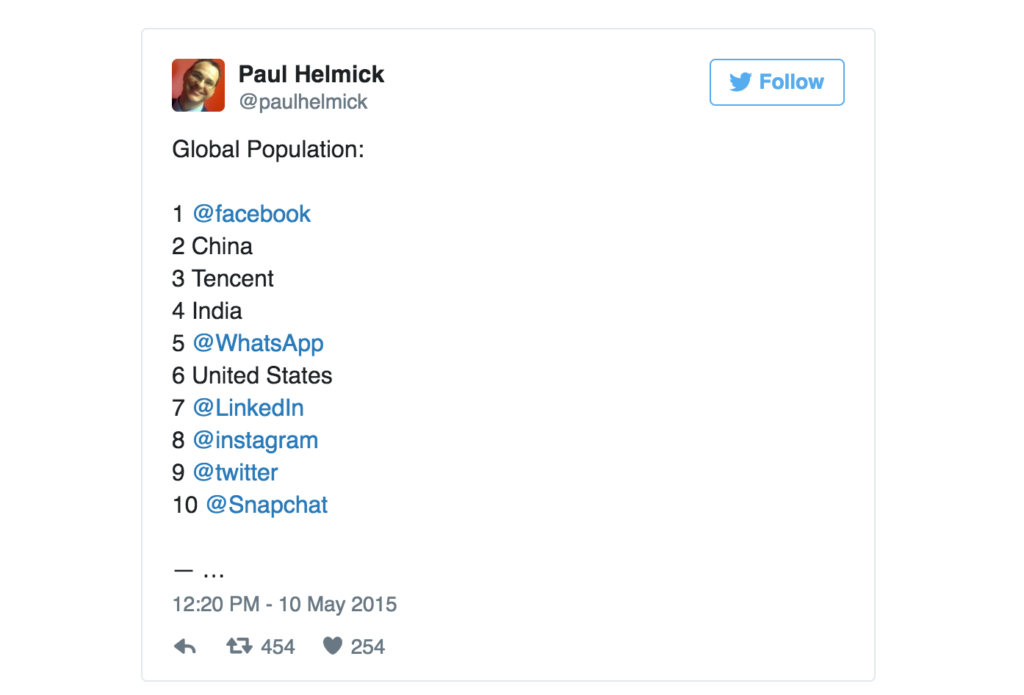
I stumbled upon the tweet above when I was working on this presentation. I decided to put it in because it illustrates my point so clearly. Facebook now has the largest population on Earth. If you work for Facebook, than you can say that everyone is your user. Even grandpas and grandmas use it these days. But, until then:
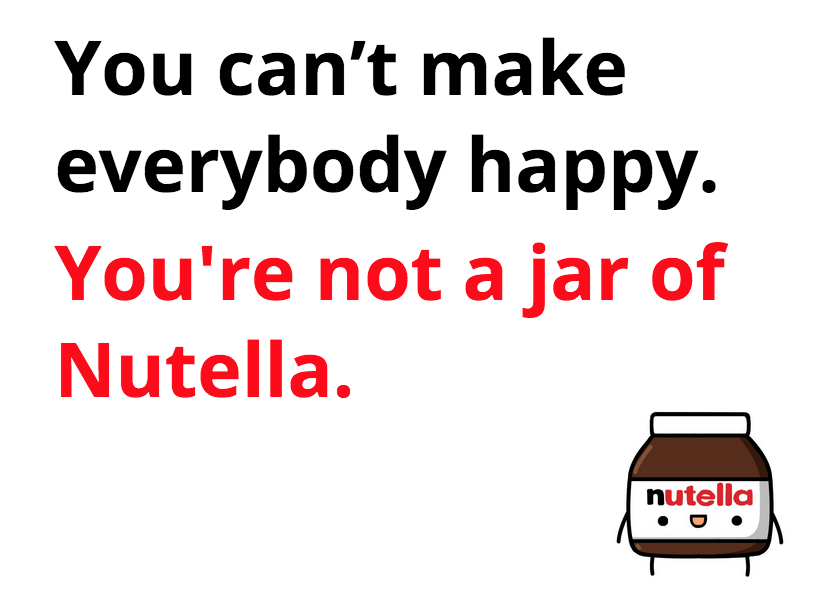
You can’t make everybody happy. Especially not, when you’re a startup with limited resources. This leads me to my first key:
1 Define Your Users
Choose a group of users that you want to focus on. What problems do these users have? Are they aware of this problems that you’re trying to solve? If they are, are they already solving it? How are they solving it?
Write down all the potential groups that could use your product and choose two of them that you think makes the most sense to focus on first. Write all you assumptions and hypothesis down. The coolest way to do this so far are the UX personas. We took the Lean UX approach to this and had prepared the two personas in one evening.
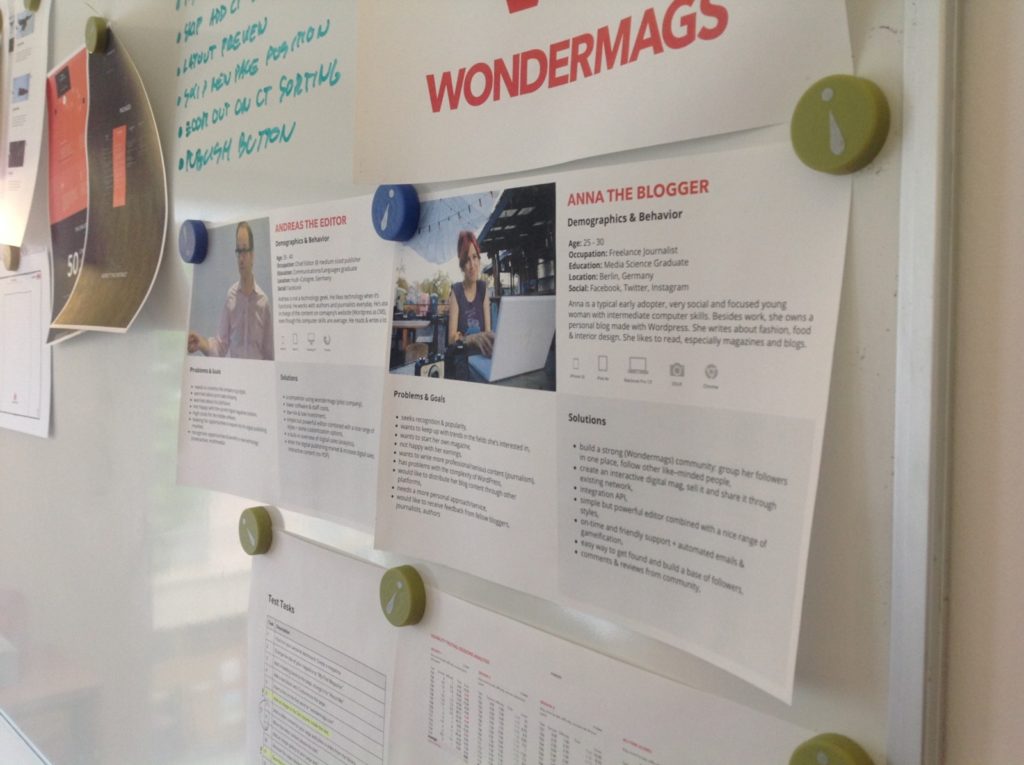
Ok, now we know which users we want to focus first and what their problems are. So, let’s just give them a solution, right? It’s not so simple.
2 Know Your Users
Now that we know who we want to focus on first, we have to validate our assumptions that we have of them and their problems. And the only way to really do that, is to communicate with the users. Find out if they have the problem that you’re trying to solve and if they’re already solving it. If they are, ask them to show you how. Don’t just trust what users tell you, focus more on observing their actions. What users say they do is not always what they really do.
Observing them, while they’re solving the problem that you want to solve with your product, will give you further insights about your users. You may notice that they struggle at a certain point of their current solution. This can provide you with ideas on how to solve the problem better or even what to avoid when creating your own solution.
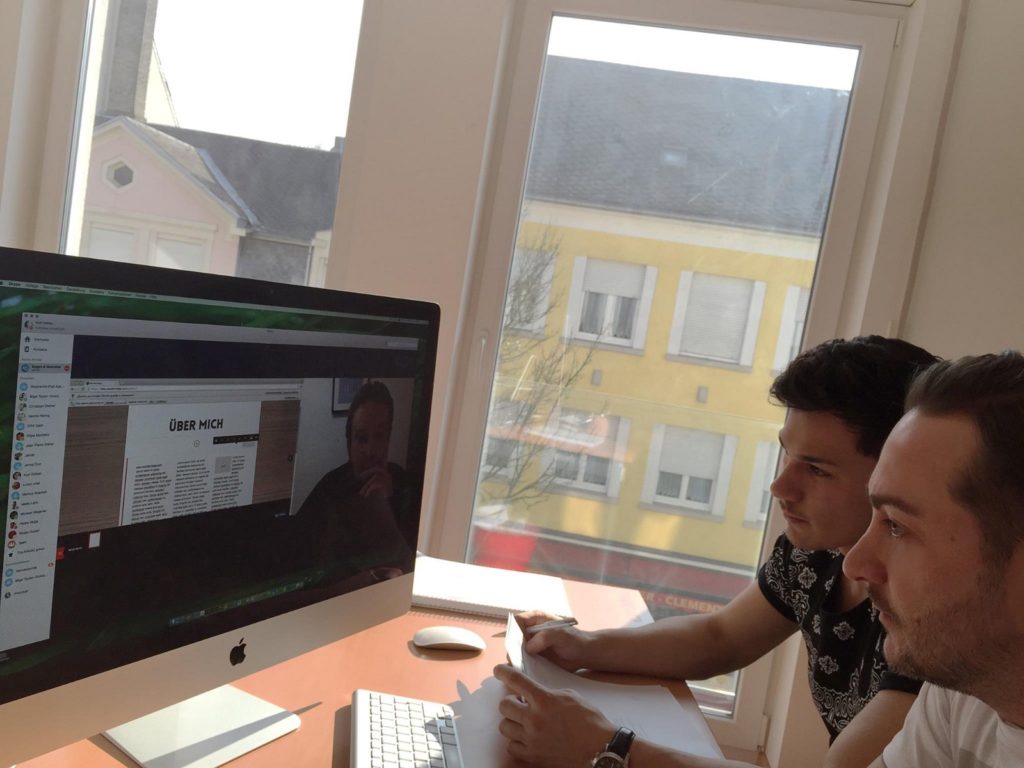
The communication with the users has to be ongoing throughout the lifecycle of the product. The photo above is of us, doing the usability tests just when we were getting ready to start with the private beta.
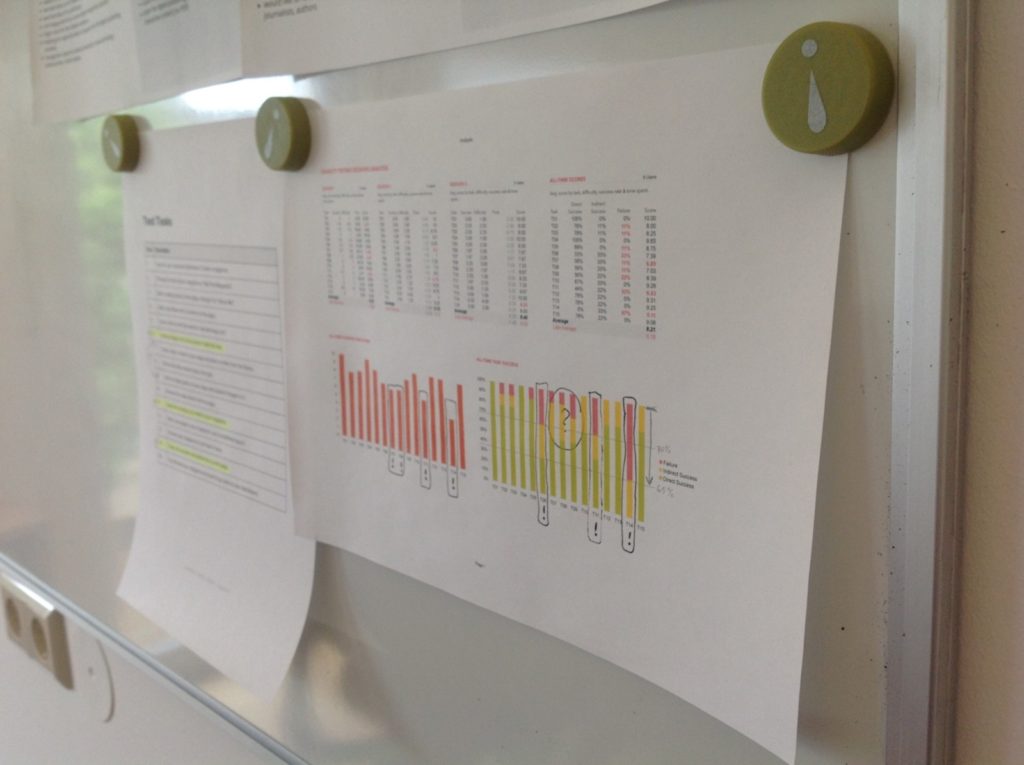
The results of these usability tests were, I would say average. Our Editor, which is the tool to create the magazines, was still very buggy. It was so buggy that it was kinda hard to use. But for some features, our users got a big smile on their face and went:
Wow, that’s so cool!
— The Wow Moment
3 Exceed User Expectations
The technical term for these moments is The Wow Moment. These moments will tell you when you have succeeded in exceeding user expectations, which is the third and final key to creating products that users love. You will be able to do so only if you truly know your users. Defining the ones you want to focus on and communicating with them serve as means to your goal: to exceed their expectations.
Their expectations may be exceeded by providing a simpler and more effective solution, a fun solution or a solution to a problem that they didn’t even know that they had. That’s why observing them is so important.
Conclusion
I believe that great products are not built for the users, they’re built with the users. Defining your users will let you know who you need to communicate with to find out more about their problems and to really get to know them. Exceeding their expectations are those delightful moments that makes them love and actually use your product. What’s a product good for if no one needs it, or even worse, no one wants it?
The slides of the presentation can be accessed here.
